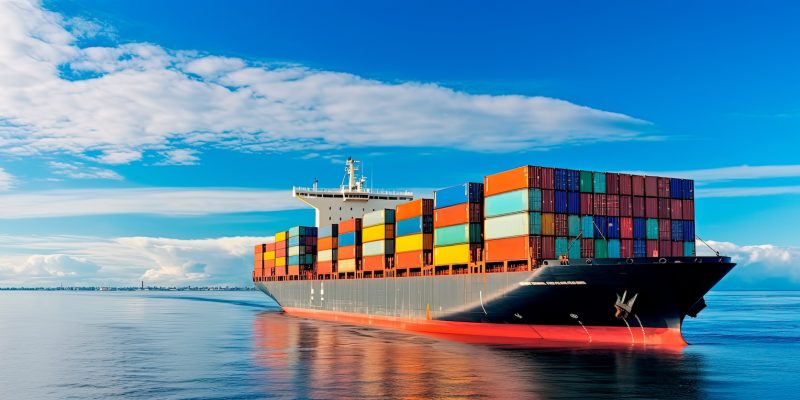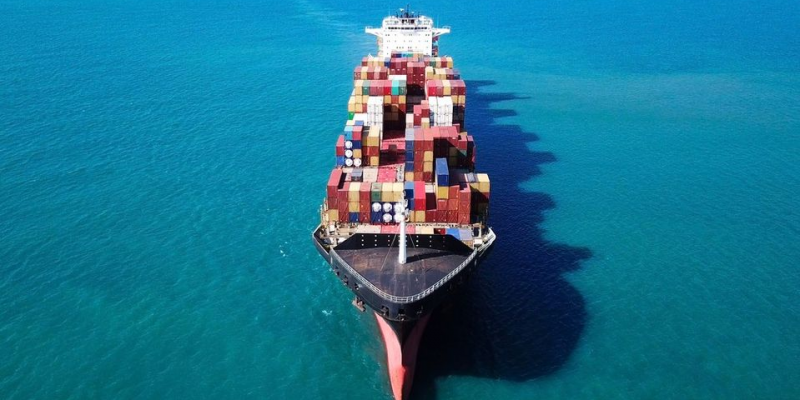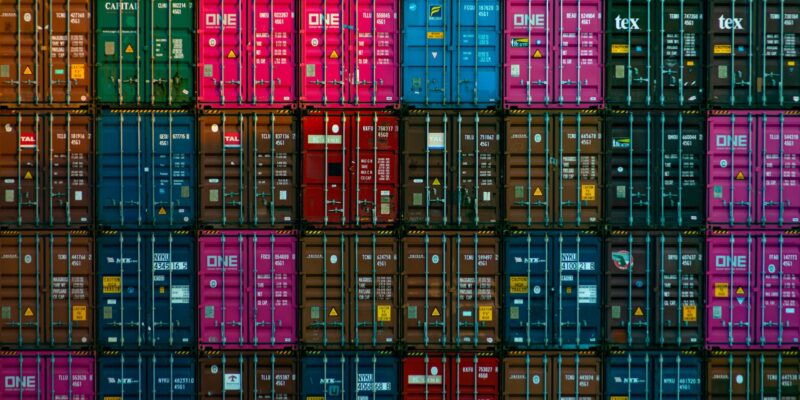Navigating the Sea Change: The Maritime Industry and the EU ETS
Starting in 2024, the maritime shipping industry will be incorporated into the EU Emissions Trading System (ETS), gradually phased in over the first three years (40% of ship emissions in 2024, 70% in 2025, and 100% in 2026). Once fully integrated, methane and nitrous oxide emissions will be included in the scheme. Offshore service vessels will be added to the scheme from 2027. This integration represents a significant shift, as it will be the sector’s first exposure to emissions pricing, thereby encouraging the industry to improve fleet emissions.
Global Trends: UK and IMO Initiatives
It’s highly probable that the UK will follow a similar trajectory, including the maritime sector in its national scheme. Meanwhile, the International Maritime Organisation (IMO) is exploring various carbon pricing systems, with an emission trading scheme, feebate, and a flat rate being among the proposed solutions. These imminent changes underscore the significance of developing a risk management strategy to account for these new costs.
Rising Tide: Carbon Offsetting Initiatives in Maritime Transportation
We’ve noted a surge in carbon offsetting initiatives within maritime transportation. Whether it’s ‘carbon neutral cargoes’ or addressing Scope 1, 2 & 3 emissions, an increasing number of owners and charterers are focusing on their environmental impact. With the marine connection, there’s considerable interest in blue carbon projects (like Mangrove and seaweed), in addition to the more common land-based carbon mitigation projects.
Our Solutions: Navigating the Carbon Market
As many shipping companies consider strategies to manage the cost of emissions in their businesses and reduce existing and future carbon costs, we urge you to take proactive steps to mitigate these risks and prepare for a future under carbon constraints.
Redshaw Advisors provides a variety of readily available solutions and personalised consultancy services to shipping companies, supported by our research team’s unbiased carbon market research.
Our offerings include:
- Research and Advisory services
- Training programmes
- Bespoke Consultancy
- Risk Management advice
- Procurement services
We can support you in Compliance markets: EU ETS & UK ETS, voluntary carbon markets, and renewable energy certificates.




